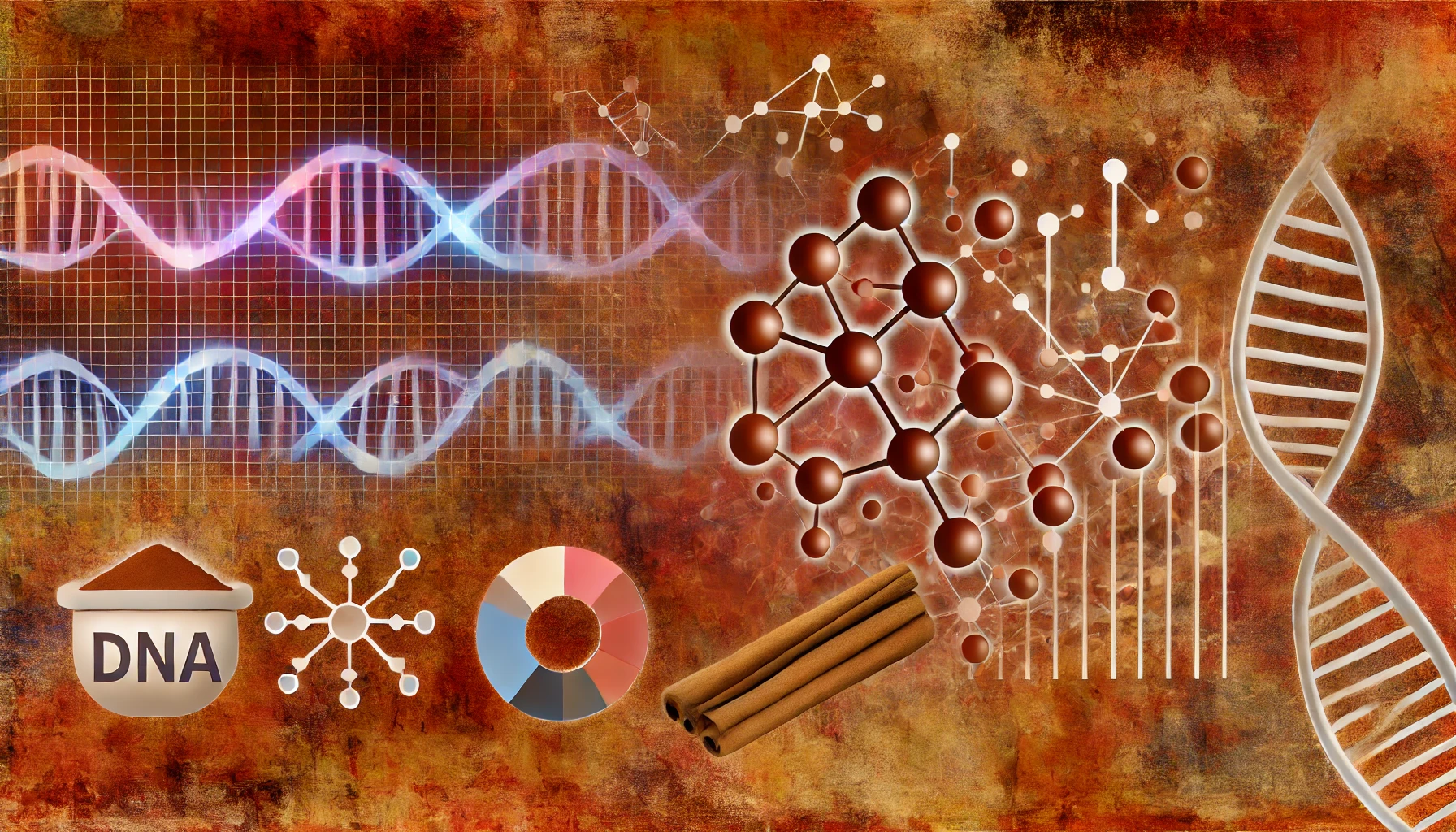This project stands out as one of the most exciting and challenging experiences in my career as a research assistant at the University of Peradeniya. Through this work, I deepened my knowledge of statistics and R programming, which were crucial for our research. The project focused on the premium Ceylon cinnamon, a highly prized spice known for its exceptional quality, aroma, and taste. Unfortunately, the international market is rife with adulteration, where cheaper cinnamon varieties are mixed with Ceylon cinnamon to boost profit margins. Detecting such adulteration in value-added products like cinnamon powder is challenging and nearly impossible with traditional methods.
Our goal was to develop a molecular biology assay capable of detecting adulteration and validating this method across four cinnamon species. A significant breakthrough in our project came when I applied clustering techniques to distinguish different cinnamon species based on high-resolution melting (HRM) curves obtained from real-time PCR data. This approach opened up new avenues for identifying subtle differences between species that are otherwise difficult to detect.
Under the guidance of my supervisor, we aimed to develop a fully automated workflow for these assays, incorporating automation and machine learning to streamline the process. This project marked one of our early efforts to integrate machine learning into our research, laying the groundwork for more sophisticated techniques in the future.
By employing K-means clustering, we could classify the cinnamon species based on their genetic signatures. With more data, there’s potential to develop a robust classification model that automates adulteration detection, providing a reliable and efficient tool for the spice industry.
This project not only enhanced my technical skills but also underscored the importance of interdisciplinary approaches in solving complex real-world problems. If you’re interested in learning more about this project or discussing potential collaborations, I’d be happy to connect!
